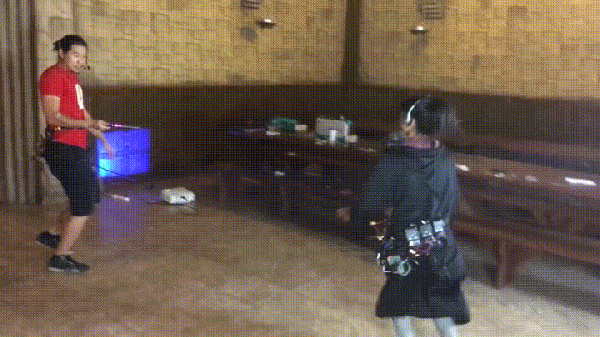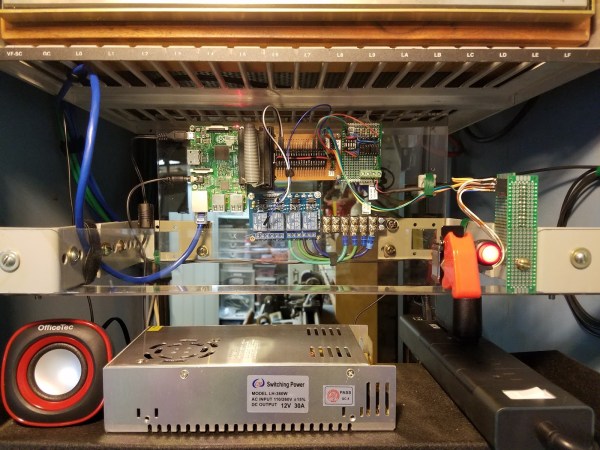London is one of those cities with an identity problem when it comes to airports. There is no one London airport, instead a group of airports serve the city at various distances from it. London Gatwick is the second largest of these, and sits with its single runway in the Sussex countryside about 30 miles south of the city.
If you follow British news sources, you may have heard a little about Gatwick in the last couple of days. Its runway was closed for two short periods and a selection of flights were diverted, because of what is being reported as a drone sighting. This is an extremely serious matter, responsible multirotor owners will be painfully aware of the distance and altitude regulations surrounding flights near airports.

If you are familiar with the way that drone stories are reported by the mass media, you will probably not need to click on the link above to the BBC reporting to find out its tone. There is significant concern within the multirotor community that it presents a very one-sided view, and takes at face value the assertion that the sighting was a drone, when in fact there is no proof at all of that being the case. For those of us who have seen many such stories come and go it is difficult not to agree with the drone pilots, there is at best some lazy reporting in the air, and at worst some outright journalistic irresponsibility.
As Hackaday readers, you are used to writers with an in-depth knowledge of the subjects upon which they write. We don’t know all possible facets of technology and we occasionally get things wrong, but we all have very strong backgrounds in the tech, hacker, and maker industries and communities we write about. We have engineering education, we’ve worked in a wide variety of technology industries, we build our own stuff for fun, and we’ve founded and run hackspaces.
By comparison the journalists whose work you will read in the mainstream media are generalists. They will have a specific educational background and a particular set of interests, but in their work they cover whatever stories tumble off the endless conveyor belt of events. Thus when a drone story appears, they find themselves out of their normal comfort zone of politics or local news, and can not rely on their experience to inform their coverage of it. The responsible journalistic approach is to do a little research and ask the pertinent questions asking for concrete proof of drone involvement. We’re still waiting for that to happen in these allege drone encounters.
Multirotor building and flying is a significant feature of our community, and anything that brings the attention of law enforcement to the kind of work we do should be a worry to us all. Multirotors are not the only things covered by Hackaday that could be misrepresented in the same way. We’ve visited this topic before, take a look at our analysis of a series of air proximity reports blamed on drones. Some of them, you couldn’t make up.
Gatwick airport image: Andre Wadman [GFDL 1.2].

















